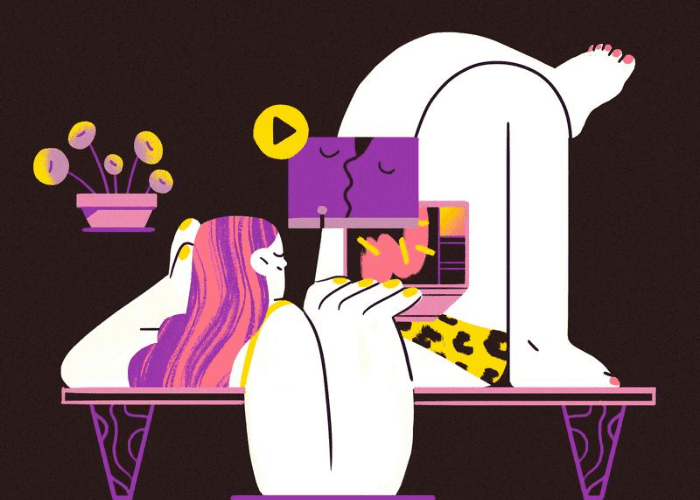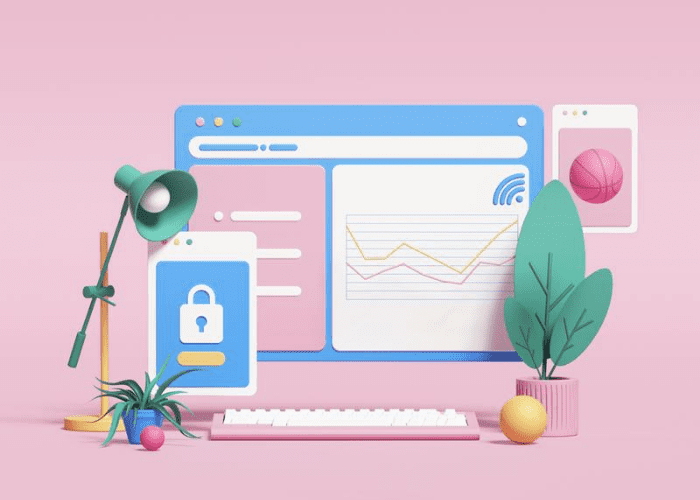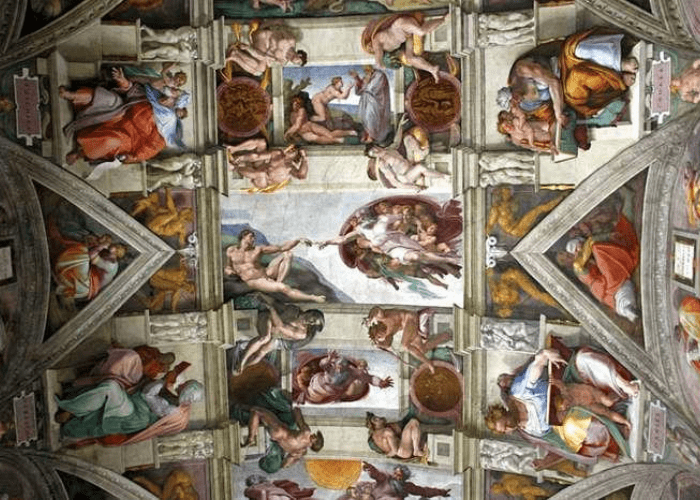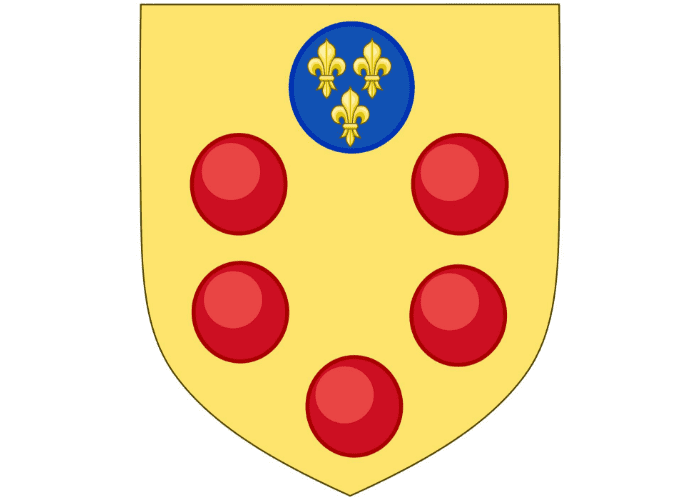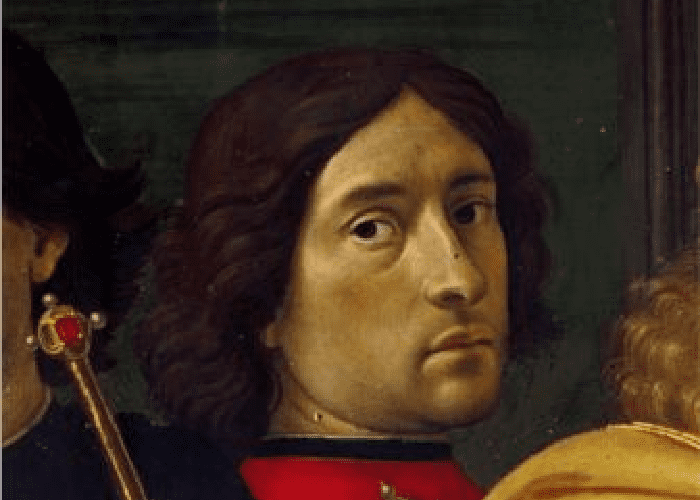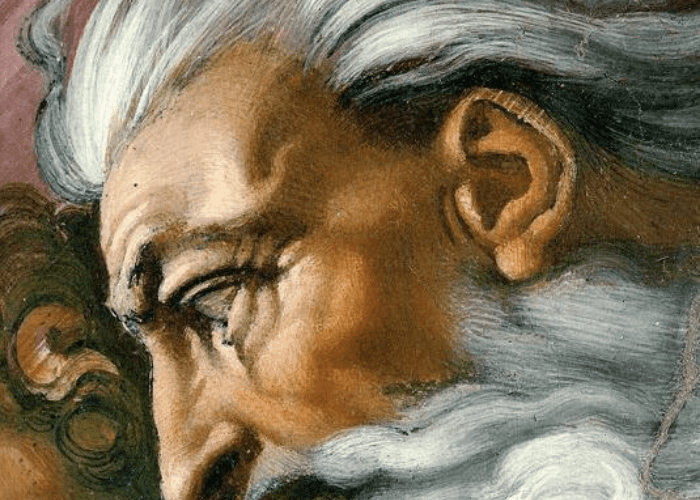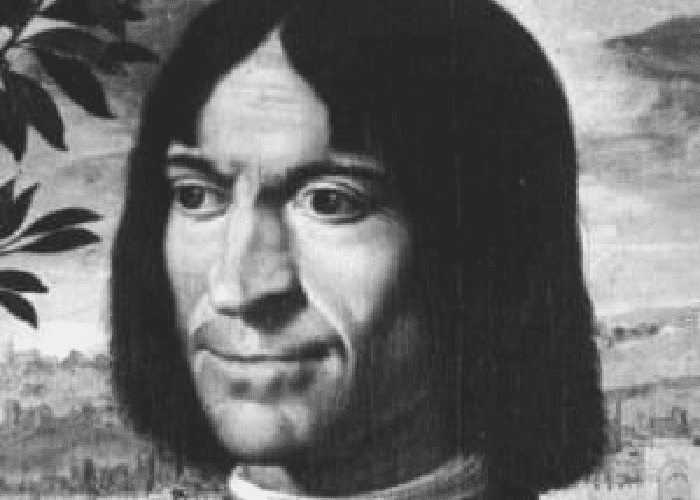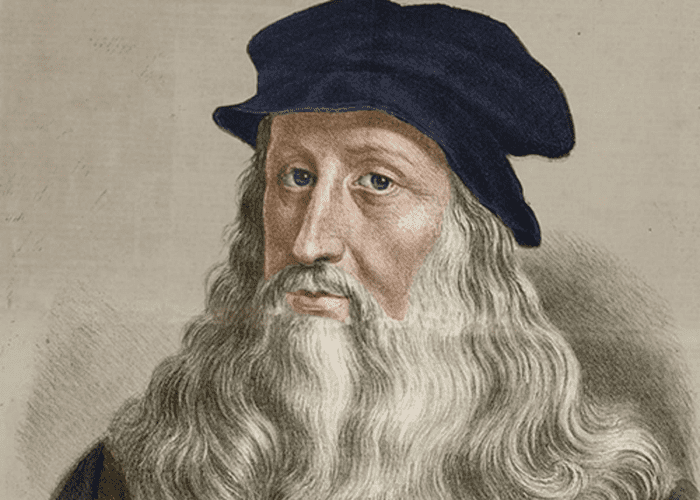Did you know the story of Gary Vaynerchuk?
He doesn’t perform miracles, but he did turn the family liquor store into an ecommerce empire. It’s the kind of success story that gives anyone with entrepreneurial aspirations hope.
Gary’s story has humble beginnings with hard work and dedication leading him to success.
He embodies authenticity and self-determinism. From creating content on platforms like YouTube, Instagram, and LinkedIn, he positions himself as someone who’s grounded and wants you to achieve success on your own terms. He is also the co-founder of https://vaynermedia.com/ .
When it comes to branding, most of us are used to thinking about brands in terms of companies or products. Apple, Starbucks, McDonald’s, BMW and hundreds of other well-known brands instantly come to my mind.
Nowadays, anything (or anyone) can be a brand. This basically means that even as an individual, you can develop your own personal brand.
What is Personal Branding?
Pre-digital business era, building a personal brand meant owning a bunch of business cards that you could share at several events and social gatherings. If you wanted to go the extra mile, you would hire someone to design a custom logo for you.
The evolution of digital technologies and social media has led personal branding to an entirely new level. With competition being stronger than ever, individuals have to get more creative with self-promotion and personal branding in order to secure high-quality clients or customers.
In the simplest of terms, The personal brand is an image you’ve created around your own professional self. It should represent a combination of skills and experiences that are unique to you ( not your company or product, but to the person itself ).
Brand vs. Company
Even though the term “brand” is often used mutually with the term “company”, the two are not quite the same.
While a company can be defined as an organization that produces, markets and/or sells products or services,
a brand represents a “personality” the company ascribes to its products.
Brand is an image you’ve created around your products and it represents the first association your customers have when thinking about your products or services.
Companies can own more than one brand. Just as individuals can brand themselves – which leads us to personal branding.
Benefits of Personal Branding
When it’s done properly, personal branding can lead to:
⦁ Better job offers
⦁ More interviews
⦁ Promotions
⦁ Partnerships
⦁ Influencer engagements
Personal Brand needs a portfolio website, Why?
The most obvious and most effective way of establishing your personal brand’s online presence is portfolio websites.
Clothes don’t make the man. Just as that online presence does make a successful individual in the modern business world.
What better way to establish an online presence than a great portfolio website?
A portfolio is definitely one of the best ways to showcase your work it’s not just a simple collection of your best work samples because it lets you show the world who you really are, what kind of work you do, how you do it,who you really want to work with and what your future career goals.
It’s the first impression you make in the world of online business opportunities.
so you need to make sure it counts. When a potential client lands on your website, they don’t just expect to see a collection of your skills and previous work experiences – they use it to form an opinion of you as a brand.
How to build personal brand online
By following these 11 tips you will ensure your Personal Branding success:
Know your audience.
The focus of your blog-and all your content-must be your readers. What are their needs? What are their pains? How can you help?
You could guess, but you’ll take the risk of being wrong. The ideal is to conduct a survey. Ask a few specific questions to uncover demographic and psychographic information.
As a result of your survey, you’ll be able to profile your audience and work toward improving more focused content with greater probability of resonating with your readers
Create a clear value.
What can you offer your audience? What will they get from investing their time in your content? Do you offer leadership insights? Do you offer resources to help people work smarter?
Create a briefed and simple answer and you have your value proposition. You may have to experiment with your value proposition and revise it from time to time.
A clear value proposition will serve as a frame for all your efforts.
Write a meaningful brand slogan.
The level of noise in media today and recognize how critical it is to make a strong impression quickly.
A great way to address this challenge is to but your value proposition into a slogan.
Show yourself.
People want to connect with people, not just brands.
Presenting a great photo of yourself helps establish credibility and build trust. It also helps you connect via social media.
Get a great headshot that captures the real, authentic you!
Pick one headshot to use on your website and across all your social media networks. Here are some ideas for capturing yourself in action:
⦁ Working at your computer
⦁ Shooting a video
⦁ Analyzing your client’s data
⦁ Recording a podcast
⦁ Coaching one-on-one
⦁ Speaking before a large crowd
⦁ Facilitating a small group meeting
⦁ Autographing your book at an event
⦁ And the photo that will serve you best is simply you looking into the lens smiling, looking friendly and with no distractions.
Establish a look.
Any outstanding personal brand should present itself consistently.
But be careful Using a variety of logos, colors, and fonts will confuse your audience.
Develop a look for your personal brand with:
⦁ A professionally designed logo
⦁ A limited menu of fonts
⦁ A pleasing color palette
Apply the standards you create to everything-your website, advertising, etc.
Find your own voice.
You have to be prepared for putting yourself out there.This will require establishing your voice.
A goal in the development of your personal brand should be building a growing community of dedicated fans. You have to discover how to express yourself as unique individual you are.
This isn’t just a one task like getting a nice looking head shot.
It’s a process. It’s also a topic that we could examine for pages Instead, we will simply offer some insights and words of caution:
Don’t copy another writer’s style.
A better take on the approach is to identify another writer’s style-or several-and learn from them. Subscribe to their blogs and read the content. Don’t write like them. Try to identify why their style appeals to you.
But, Unless you’ve had a good amount of experience writing professionally, don’t try to write like yourself either.
What?
Simply don’t try so hard to become the writer version of yourself. Just be yourself.
You try to sound smart. Or authoritative. Or journalistic. You wind up sounding like you’re leading a lecture. Eww
You’re better off writing like you’re speaking to one person. Like someone you speak too often and feel confident about expressing yourself to him.
Get comfortable developing your voice. Don’t overthink your writing. Just write! Go back and edit a little for clarity. Publish. The style will evolve. Your voice will rise.
Create an email list.
Personal branding is in general online marketing. The most valuable asset an online marketer could ever hope to have is an email list people who have raised their hands and declared, “market to me,” or possible, “keep me in.”
You may be thinking,
“Who’s going to give me their email address before I have content to offer?”
Good question.
So all you have to do is to development your email list and publishing your email program can indeed wait a while. But it should be a short while.
And after you have published 6 to 10 solid posts and got comfortable with one or two social media networks, it’s email time!
Develop an offer such as an eBook or webinar you’re willing to give away and create a landing page where you’re able to capture the email addresses of your readers.
Its shocking that companies either don’t focus on developing email lists while building their brand, or worse yet, never plan to. They feel email is old school. Will Email is the private and mostly trusted medium everyone uses.
There is so much power in putting email to work. Don’t ever underestimate it in building a personal brand.
Be in the dialogue.
The age of the marketer’s monologue is gone. The people behind great personal brands are great conversationalists. They listen and respond!
Only foolish old marketing believe advertisers talk and consumers listen.
The point is you have to allow your customers to blend in. Always make sure of that. You need to encourage it.
Consider the following ways to do this:
⦁ Put up blog comments and respond to them.
⦁ Offer onsite polls.
⦁ Conducted surveys.
⦁ Encourage reviews.
⦁ Host chat.
⦁ gathering forums.
⦁ Get social.
Once again, the real point is that it’s time to get onboard with the idea that the only brand you can build when you do all the talking is an arrogant one. On your path to becoming a revered personal brand, your goal should be to ignite meaningful, brand conversations in your community.
Build a circle of influencers.
Want to be influential? It’s in the job description of the personal brander.
Every club, class, team, or organization always seems to have “the popular people,”, it feels awkward to invite yourself into it and unlikely to work. However, with social media it’s not awkward or difficult and it does work.
There are a variety of ways you’ll build your influence and authority as you build your personal brand by gaining new relationships.
For example:
⦁ Shake hands and swap business cards at events.
⦁ Call on experts to contribute to your content.
⦁ Create “gathering” content that recognizes authoritative leaders and their work.
⦁ Ask people you know to introduce you to people they know and look for partnership opportunities.
⦁ Create communities of your own on LinkedIn, Google+ and other social media.
⦁ Ask for guest post opportunities.
⦁ Publish lists, for example, books or blogs you’ve read.
⦁ Share the content of influencers you admire.
Create content.
Your personal brand is reflected in the content you create and share. Creating content to showcase your expertise must be at the core of your personal branding efforts.
And remember to take these considerations to heart:
⦁ What’s your main message you want to spread?
⦁ What’s most valuable for the reader?
⦁ How can you present material and a point of view that’s not familiar?
⦁ Are you focused on educating the reader, not promoting yourself?
⦁ Where can you publish it to help support the growth of your personal brand?
⦁ Will your content inspire some sort of action?
Focus on sharing your knowledge. At the same time, don’t fear having a strong point of view. Say what you think. No one values a bland brand.
If you’re not a skilled writer or editor, be sure to ask for help.
Remember, we’re talking about a personal brand. You. If you want to challenge convention, do it. By taking a stand, you might not be liked to everyone, but that’s not the goal. You want to ignite the passion in the right people.
You’ll find your status as an expert will grow faster with bold content and opportunities for interviews, speaking gigs, consulting contracts, and more will come faster and more frequently.
Use a variety of media types to suit the different preferences of your target market:
⦁ Blog
⦁ Videos
⦁ Podcasts
⦁ Webinars
⦁ Presentations
⦁ eBooks
Stay connected.
The development of your personal brand in the end is, your ability to benefit on it is derived from the connections you make.
Power of your network:
⦁ Building a great network takes time. Make it part of your daily routine and expand it continuously.
⦁ Follow up with new connections you make immediately, and alwyas stay in touch
⦁ The wider your network, the more resources you reign to solve problems.
⦁ Connect the people in your network to each other.
Think big:
⦁ Study the network of successful leaders in your specialize and follow their lead.
⦁ Surround yourself with top-notch people.
⦁ Don’t let fear stops you. Have the confidence to reach out to the best.
⦁ Find mentors. Listen to them.
⦁ Ask for advice from everyone you stand to learn from.
By: https://dribbble.com/shots/1889393-Think-Big
Be a giver:
⦁ Give as much as you can.
⦁ Ask your connections if you can do anything for them.
⦁ Ask a lot of questions and listen as much.
⦁ Tell people you’re excited to hear their stories. They’ll be delighted to share them.
⦁ Make yourself available to your colleagues and organizations.
⦁ Give thanks to everyone for acts of any kind.
And finally, always use the power of storytelling to give your connections things to remember you by.
In your opinion, who is the most successful personal branding nowadays?



